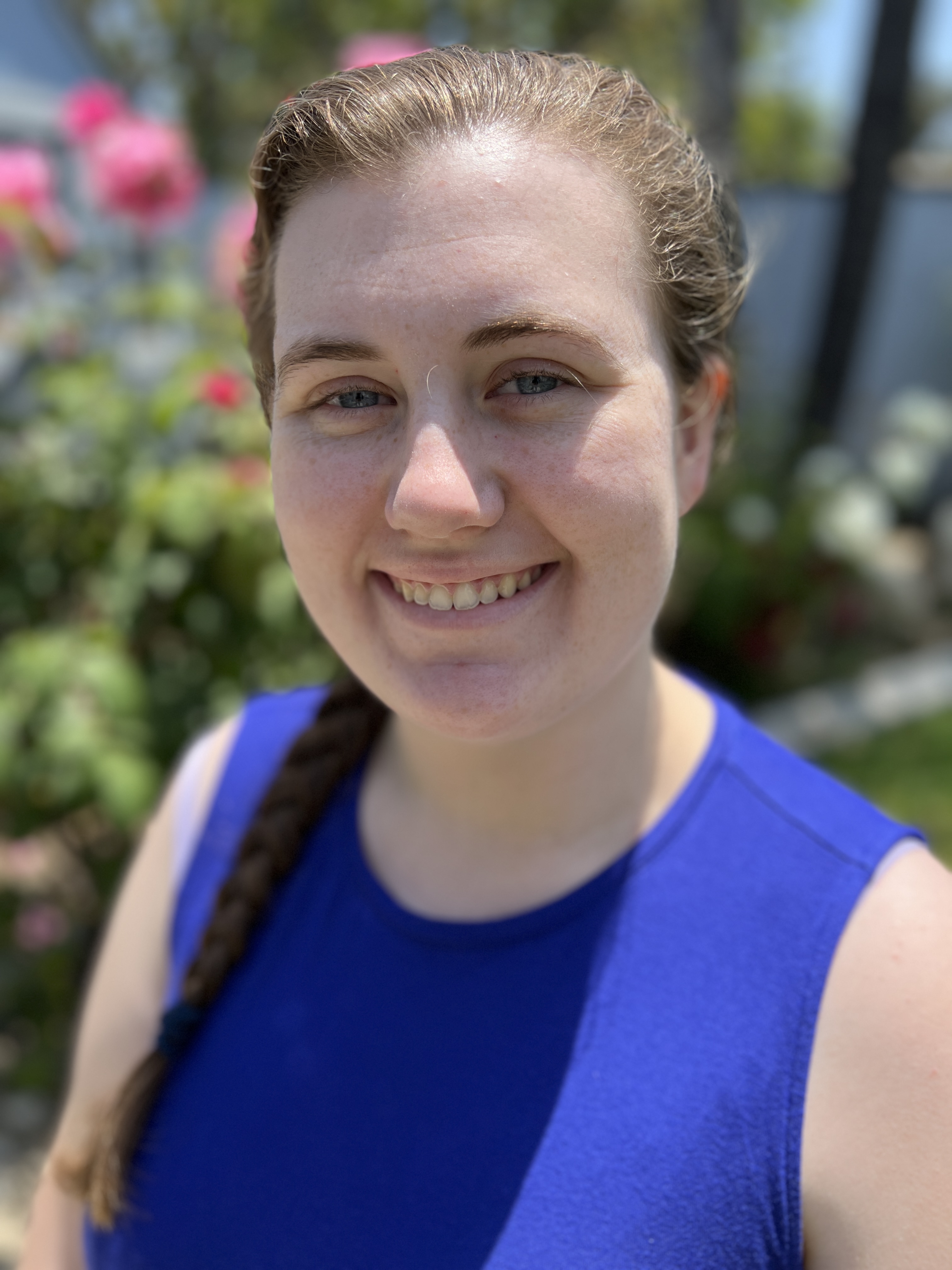Bioinformatics, Computational and Systems Biology
(A-38) Spatial Transcriptomic Analysis Regarding Wound Healing in Mouse Skin

Lucia Morales
Student Researcher
Harvey Mudd College
Rancho Cucamonga, California, United States- AS
Alessondra Speidel
Head Researcher
Karolinska Institutet, United States
Presenting Author(s)
Primary Investigator(s)
Previous studies investigating skin wound healing have shown that there are specific cell types present in greater concentrations around the site of a wound and during the wound healing process, such as migrating keratinocytes. These cells assist in the wound closure process. In this study, we examine four different types of hydrogel biomaterials, alginate, collagen, poly(ethylene glycol) [PEG], and polyurethane-poly(ethylene glycol) [PU-PEG], and investigate how different biomaterials impact the wound healing process.
Materials and Methods:
The material panel was selected and optimized to exhibit similar mechanical properties resembling those exhibited by mouse skin. Mouse wound tissue interfacing with the various materials were collected two days after wound formation for Visium analysis. Controls included tissue collected on the day of wound formation, as well as tissue samples two after wound formation with wounds treated only with tegaderm, and untreated wounds. Three tissue samples were analyzed for each group. We then performed Visium spatial transcriptomic analysis on them, using R to run dimensionality reduction through Uniform Manifold Approximation and Projection (UMAP) analysis and performed transcriptomic analysis. Through cluster analysis, we identified seventeen clusters whose identities were validated based on their top ten marker genes and their location on the tissue images we took. Using those clusters, we examined the gene expression in each of the samples, looking for statistically significant differences in expression across the different treatments.
Results, Conclusions, and Discussions:
We found a total of 17 distinct clusters across the seven tissue treatments. Each cluster was defined by a specific set of marker genes, which we used to classify each cluster. When plotted in isolation, each treatment group displayed different UMAP profiles and different populations within each cluster. The clusters and UMAP projection of the Day 0 looked distinct from the wound containing groups, lacking clusters that appear to identify the wound regions in the various wound containing samples. There appear to be lower populations within the muscle and nerve cell cluster in the experimental samples. The biomaterial treated wounds show distinct profiles compared to the untreated controls and provide indications that there is some unique response within the tissue in the wound healing response when the tissue is covered with a material.
